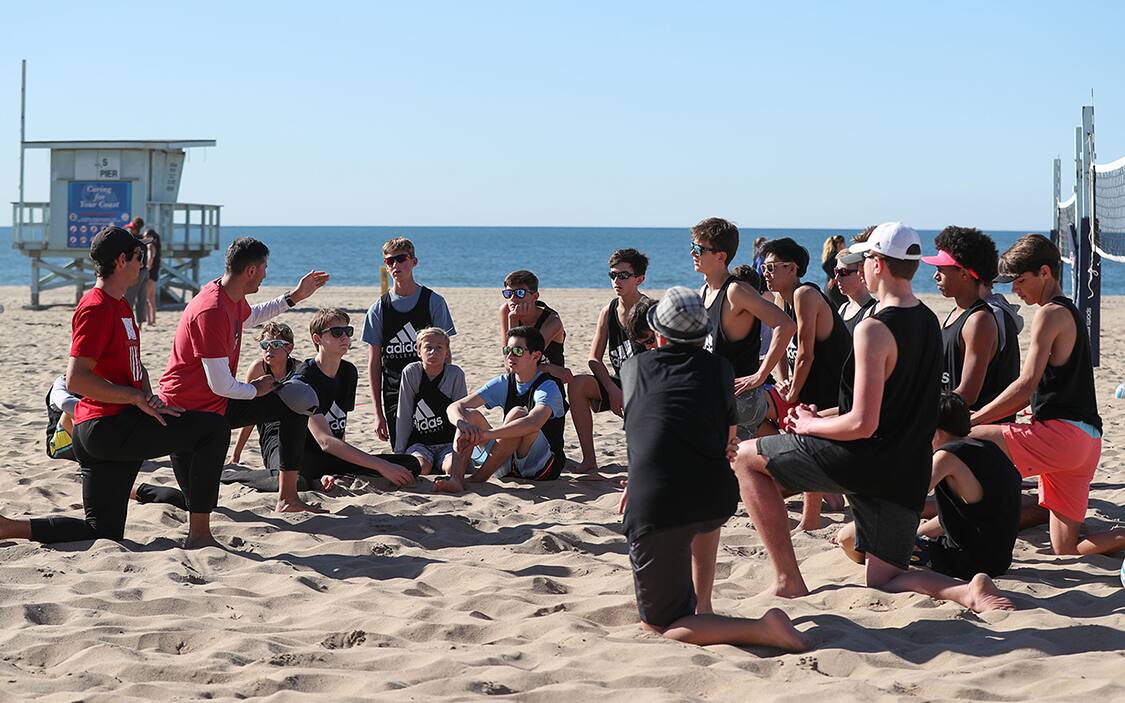
Life these past months at 9,000 feet in the wilderness has given me time to reflect while the satellite internet has given me time to still teach. I've enjoyed connecting to people around the world on Zoom, but it’s this blog that I hope to continue in order to provide facts more than opinions, and collaborate with you who are still working on courts and fields.
Perhaps the most important idea I hope we can share is how to create the best learning environment possible for our players. When I was less experienced, I thought my job was to give the most information, to constantly provide feedback, and to do drills and more drills so practice looked good. I couldn't wait to get my kids to perform more and more drills, and while the internet did not exist, there were books on drills. I bought all of them.
In a USA Volleyball CAP III course, I asked the attendees to plow through more than 100 drill books. After looking at tens of thousands of drills from all over the world, we found about 25 that were the best for learning our sport. Not thousands. Even our U.S. National Team coaches essentially use only about a dozen drills all season long.
As Instagram and TikTok proliferate, I ask you to critically think about any drill you see. Consider this question: Does the drill use the environment my players are going to compete and read and anticipate in?
Recently, I saw two popular videos that boggled my mind. One had the players doing a wall sit in a line, with a coach helping a teammate walk across the top of each player’s legs. The second drill, at least, had a ball and a net, but still went like this:
- Kids were standing in a line waiting (players need to do, not watch, especially in a line).
- The coach was tossing all the balls. This means the coach gets 12x the doing/experience time compared to players. But the coach doesn’t play during matches, so this is essentially stealing experience from the players. Also, players never see a tossed ball in a game.
- They used the net, but they each hit the ball under the net, thus learning negative errors and simply practicing so practice looked good, not training in any sort of reality.
One of the best things I see coming from our National Team coaches these past years is how they too are working hard to learn themselves, modeling what they ask of their athletes, and creating the best learning environment possible leading to Tokyo. While COVID and the restarting of pro seasons have made U.S. team practices a challenge, they are still distance learning and collaborating.
For those of us coaching the 97%, not the top 3%, our time is far more limited than at the elite level, so we need to be even better managers of learning time. We must make things game-like and fun.
In one of those many drill books, a key concept is that we are more in a learning competition, not just an athletic competition. Take time to reflect on your experience, study motor learning science more, and work to be more of a guide on the side, not the sage on the stage.
Use the net all of practice until it is no longer yours, and create the culture of developing the whole athlete, not just the volleyball player – in a culture of play and learning on and off the court.
Moving on, here is a picture of what our legacy project looked like last week at night. I hope we can do some special volleyball learning experiences here and those reading this can join me here when things get safer for us all.
Thanks for coaching.

